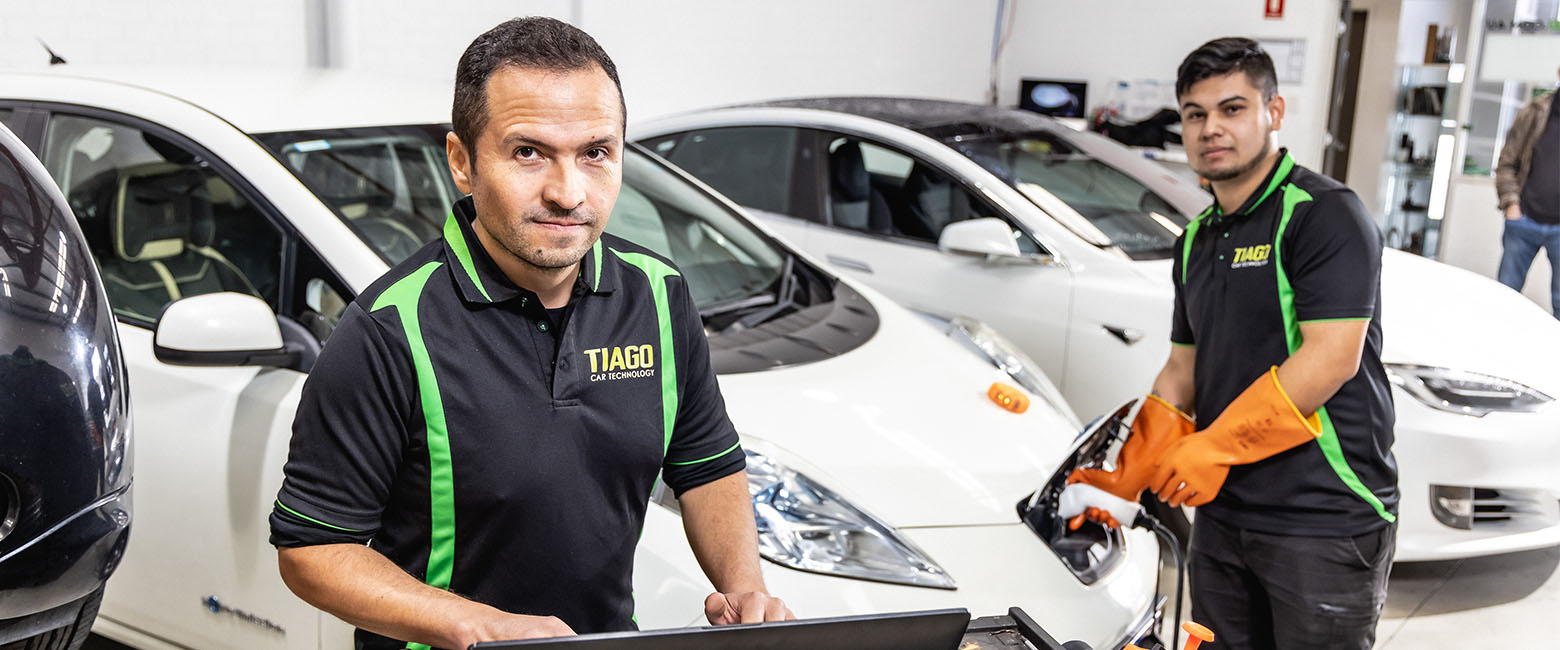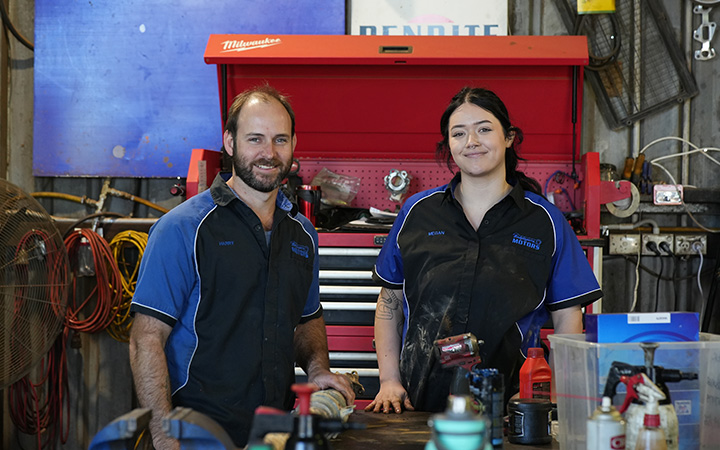If you’re operating a business in the automotive aftermarket, you’ll no doubt have one eye on the horizon and be aware that electric vehicles (EVs) are about to be the next big thing.
You’ll also understand that while EVs might look like an ordinary car from the outside, they’re a completely different machine under the bonnet—and that’s going to mean a lot of change for you, your business, your investment decisions, and your team.
A quarter of Capricorn Members told State of the Nation 2021 the switch to electric was a top five challenge for our industry, yet only 17% said their businesses would soon be ready to service EVs.
So, what does it take to get your workshop ready for EVs? Here are 6 changes and investments you can start to make now.
Get your workshop electrics sorted
EVs operate at a very high voltage—up to 650 volts (DC). That’s well in excess of a level that might be considered a hazard to your technicians. Anything above 150 volts is dangerous; an incident at 650 volts is likely to be fatal.
Clearly, having the correct electrical infrastructure—including all the appropriate safety features—is going to be critical. You’re also going to need charging systems and specialist plugs and sockets. It’ll be worth speaking to a specialist electrician about what you’ll need.
Investing in training is critical
A lot of technicians are the kind of people who, if they’re not quite sure how to fix something, will have to tinker about for a little while until they’ve worked out what’s gone wrong and how to solve it. That’s not possible when you’re dealing with 650 volts.
Jason Trewin, Chief Operating Officer at i-CAR Training Academy, said workshops are likely to need technicians trained to several levels of expertise. European standards, for example, have three levels:
- EIP: an “electrically instructed person”, who has a basic awareness of the system and can deactivate and activate it
- HVT: a “high-voltage technician”, who can work on electrical components, wiring, and so on
- HVE: a “high-voltage expert”, who can work on the internals of the battery.
“Fortunately, there are various places, including RTOs (registered training organisations) where you can get that training, but it may well be that a branded OEM will say they require you to do a certain baseline level of training,”
It’s not just in handling high-voltage batteries that training’s important. There’s plenty of training for other complex systems, like blind-spot detection, emergency braking systems and even ADAS (advanced driver assistance systems), that is going to be essential.
Making space for EVs
It won’t be a surprise that EVs require a lot of specialist equipment (we’ll get to tools in a minute), but what you might not expect is just how much space that equipment is going to require.
EVs are 20% to 30% heavier than traditional cars, due mostly to the weight of the batteries. That means you’ll require special lifting equipment. You also need extra space clear around the vehicle for safety purposes and, crucially, immediate access to the outdoors in case it becomes necessary to remove the vehicle from the workshop for fire safety or due to the risk of explosion from stored electrical energy or gases.
Prepare to invest in the right tools
Unsurprisingly, there’s a raft of new tools and equipment that comes with the switch to servicing EVs. For example, you’ll need an insulation meter (a Megohmmeter) and resistance meter (a milliohmmeter) to help you diagnose faults. You’ll also need to replace a number of tools with insulated versions designed to protect the user from potential electrocution.
Understand you may need to specialise
Currently, EV manufacturers tend to have their own ranges of tools and their own training. Tooling up, training, and paying for OEM diagnostics software subscriptions in order to service all brands of EVs are simply going to be beyond the reach of many workshops. Hard choices may have to be made around which makes of EVs you want to specialise in.
Workshop practices and protocols must prioritise safety
The risk to technicians from EVs is far greater than from traditional cars. Trewin said safety had to be taken incredibly seriously.
“You’re going to need things like a designated area, an isolation bay, for when a vehicle comes in,” he said. “So, it comes into an area of the floor that’s colour coded and it’s got bollards around it, and signs hanging from the roof and on the windows, so everyone in the workshop knows what the car is. You just don’t go up and open the bonnet and go ‘what’s this?’ ”
Creating a safe EV workshop means technicians must wear appropriate PPE, including 1000V-rated insulated gloves and insulated boots, and your workshop must have insulated matting on the floor and defibrillators installed.
Download your free copy of State of the Nation 2021.


